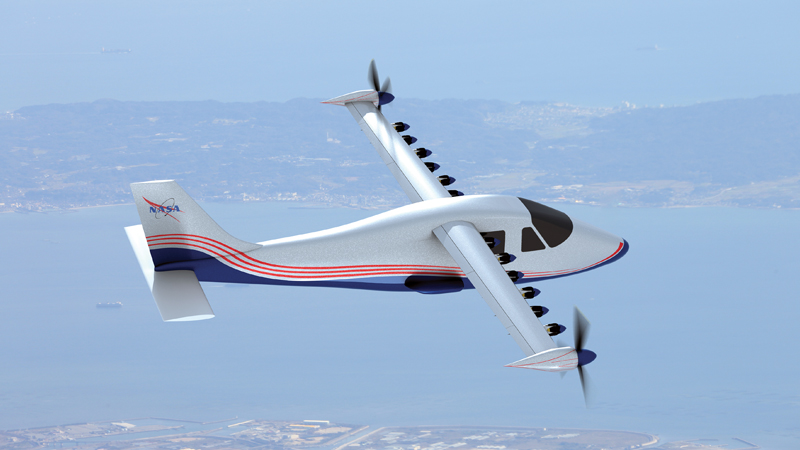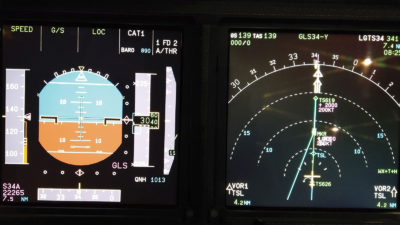Small satellites becoming new normal
By BRYAN ROGLER, MICHAEL SWARTWOUT AND SCOTT PALO|December 2020
The Small Satellite Technical Committee works to advance the science and engineering of satellites, launch vehicles and ground systems to enable the development of small and highly capable spacecraft.
Government agencies and private industry are making large investments in small satellite technologies when cost and schedule might have previously prohibited them.
In April and June, DARPA’s Blackjack program awarded its first contracts to satellite bus and payload providers to create a global high-speed network in low-Earth orbit for the U.S. Department of Defense. The award confirmed the DoD’s interest in continuing to push small satellite technologies and philosophy into the traditional aerospace complex.
The U.S. Navy and the National Geospatial-Intelligence Agency tapped Capella Space of California for synthetic aperture imagery in May and June. The company offers Earth imaging data through clouds and at night. Capella Space launched its first operational satellite on a Rocket Lab booster in August as part of a planned constellation of 36.
In January and June, the National Reconnaissance Office launched additional classified satellites via small launch vehicles from Rocket Lab’s Electron rocket, indicating adoption of small satellite technology in the secret sections of the government.
Despite the impact of covid-19, the small satellite industry continued operating while also providing a unique historical snapshot. In May, Earth-imaging company Planet Inc. published image sets showing before and after lockdowns views around the world at commonly busy locations. Satellite imagery companies then analyzed the images to calculate how the flow of economic resources, such as oil and steel, were altered; other analyses included measuring the changes in pollution levels due to the slowdown.
The 3-unit HARP cubesat, named for its Hyper-Angular Rainbow Polarimeter instrument, was deployed in February from the International Space Station. The HARP instrument is a precursor to a larger version planned for NASA’s Plankton, Aerosol, Cloud ocean Ecosystem, or PACE, satellite, which will be 400 times the size of the 3U cubesat. The project is a joint effort between Utah State University’s Space Dynamics Laboratory and the University of Maryland, Baltimore County. Also in February, the Compact Infrared Radiometer in Space instrument, described as a calibration lab, was deployed on a separate cubesat. The HARP instrument measures the “size distribution of cloud droplets, which can provide information on the properties of ice and water clouds” to aid in learning how aerosols affect climate modeling. HARP is a preview of a path for small satellite technology to verify prototypes of planned larger systems quickly and cheaply.
In June, NOAA confirmed a plan to use commercial companies’ radio occultation observations in official global weather forecasting to supplement aging satellite systems, highlighting that small satellites are not only stepping stones but also capable end solutions.
New rules from the Federal Communications Commission went into effect in August that could reduce licensing costs for small satellites by an order of magnitude, which should increase their commercial popularity.
Small satellites continued to provide a means for academic study across the world. Guatemala’s first satellite, Quetzal-1, deployed in April; a team of students and other partners built it at the University of the Valley of Guatemala. The National University of Singapore displayed a quantum computing experiment with its SpooQy-1 satellite a year after its first deployment in 2019, potentially paving the way for cost-effective gains in privacy and cybersecurity.


































